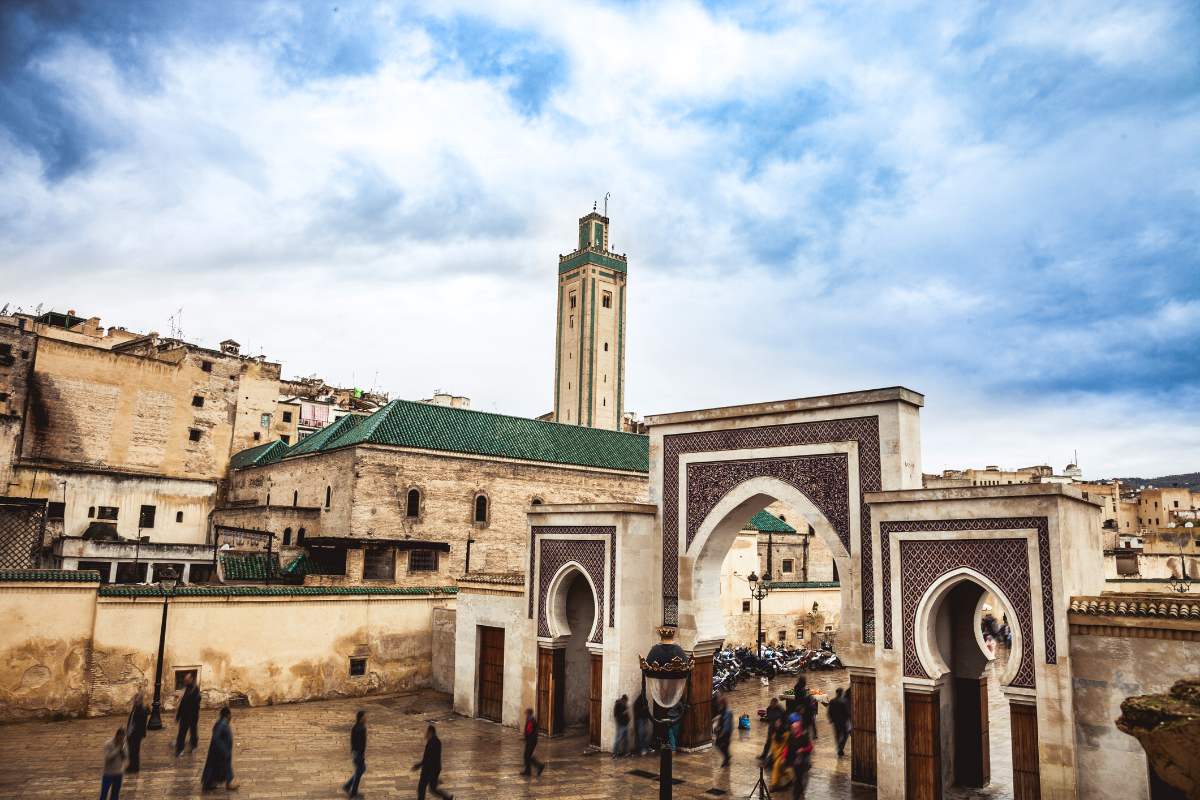
Fes, one of Morocco's most captivating imperial cities, is a place where history comes alive. Often called the country's spiritual and cultural capital, it is renowned for its ancient medina, vibrant traditions, and major contributions to Moroccan heritage.
As of the 2024 census, Fes is home to 1.256 million people, making it one of the largest cities in Morocco.
Fes was founded in 789 CE by Idris I, founder of the Idrisid dynasty. The city initially consisted of two settlements on opposite banks of the Jawhar River. Under Almoravid Sultan Yusuf ibn Tashfin, these settlements were united in 1070, forming Fes el-Bali (Old Fes).
The city reached its golden age during the Marinid dynasty (13th–15th centuries), when it became the political capital. Numerous madrasas and mosques were built, many still standing today as masterpieces of Moorish and Moroccan architecture. In 1276, Fes Jdid (New Fes) was established as a new administrative district, housing the Royal Palace.
Fes later vied with Marrakesh for political and cultural dominance. Under the 'Alawi dynasty, it served as the capital until 1912. Its historical and religious significance earned it the titles "Mecca of the West" and "Athens of Africa."
Fes’s legacy as a center of scholarship, art, and spirituality makes it essential for anyone wishing to experience the depth of Moroccan culture.